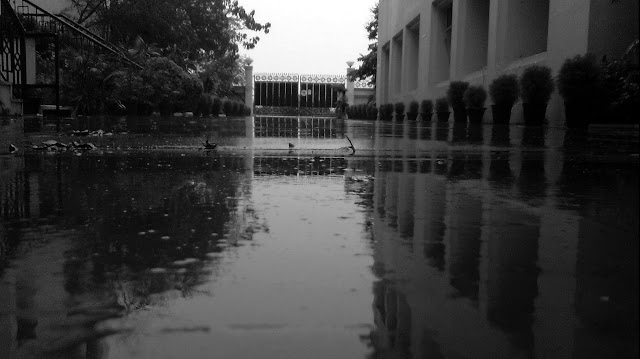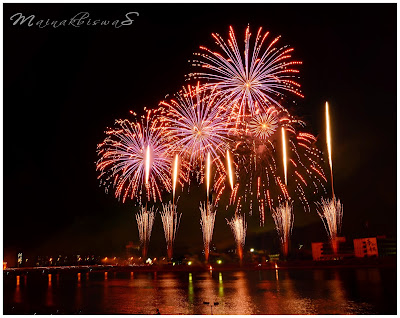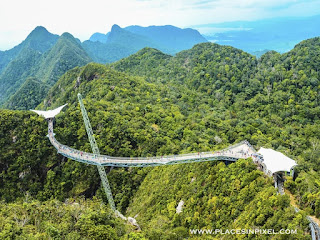A mono-chromatic affair
Hello!
Recently, I have found myself developing a love for mono-chromes, to be precise, black-and-white...I find my desktop has a black and white pic of Megan Fox, my gtalk picture i changed to a black-and-white leaf and a few more...one among them being -- I have even started plotting graphs only in one color (black) where as earlier i used to make color-full graphs...!!
Some people may suggest that I am "losing colors" from my life and that my life is becoming boring...but its nothing of that sort...contrary to it, I find my life more exciting than before...
Anyways, coming back to the point and justifying the title (of this post), although my love for mono-chromes is pretty recent, the seed to this was sown long back. and the person responsible for this is none other than one of my closest friend - Kaustav.
it was some fours-five years back,that one fine Saturday we went for an outing at and around the Victoria Memorial along with a few friends. Kaustav already owned a Nikon digi-cam for quite sometime and I was pretty new to digital photography. Just like majority of digi-cams, his cam had a "grayscale" mode. Using it, he snapped a frame of the Victoria Memorial which is, according to me, one of the best pics (in grayscale) taken by any of my friends. And hence the event is still sketched prominently in my memory. Although i am mentioning only about one event, there have been numerous such episodes where in Kaustav's black-and-whites have mesmerized me, most of them clicked with his phone,s camera.
 |
| Victoria Memorial ~ by Kaustav Niyogi. |
Now, fortunately or unfortunately (I am yet to figure out), my Nikon P3 (a point-&-shoot digi-cam gifted by my dad) doesn't have any color-modes. Neither "grayscale" nor "sepia". (But i still love my cam because of its lens - crystal clear!!). Every-time i feel i have taken a nice shot, I look at the pic for a second trying to figure out how it will look in grayshades. Its not necessary that every pic will look good (if not better) in gray-shades because colors have their own harmony. but the beauty and dept of certain objects, scenes and frames increases manifold in a mono-chrome.
"When you photograph people in color you photograph their clothes. But when you photograph people in Black and White, you photograph their souls!" ~ Ted Grant
Constrained by the fact that there were no "color modes" in my cam, made me learn quite a few ways of converting a colored photo to black-and-white using Adobe Photoshop. I began by using the "desaturate" option, which reduces the saturation of the primary colors to zero. But soon realized that the dis-advantage of the feature is that it creates a flat result and it doesn't capitalize on the differences of the individual colors in the image. It works well on certain images, but others can fail to make a good impact. Unsatisfied by the "desaturate" option, i searched the web for better ways and learnt about the "Color Lab mode". This process tends to produce a result with lighter and more open tones, so it is well-suited to underexposed shots. Of course, the results will depend on the source image. When the Color Lab Mode works, it works well and can often eliminate noise that might show up using other methods. Although I was pretty happy with the "Color Lab mode", but wasn't completely satisfied as i thought that something better can be achieved and hence i didn't stop searching. Very recently, about five months ago, I learnt two more ways of converting to a mono-chrome, both of them being my personal favorites. One is the "Channel Mixer" option and the other one is the "Calculations" option. The channel mixer lets me choose the equivalent of going back in time and choosing the colored filters used over the lens for the original photography. This is why it's more flexible to shoot in color and convert later. The "Calculations" option gives you lots of choices to experiment with. Play around to your heart's content.
 |
| Reflections of the four beautiful years of my life. |
Heritage Institute of Technology, Kolkata.
This was taken at Heritage, my btech college. The building on the right is the one where we used to have the maximum number of classes. Even today, whenever I see this, nostalgia grips me... |
| Re-incarnation |
The Taj Palace Hotel, Mumbai.
 |
| it takes two to "tango" ;-) |
Kwality Walls Swirls, Outram Ghat, Kolkata.
 |
| The Fighter |
Chatrapati Shivaji Maharaj. Gateway of India, Mumbai.
 |
| A good-bye kiss! |
Outram Ghat, Kolkata.
Everyday, when the sun sets at Outram Ghat, it gifts a scenically picturesque view of the Vidyasagar Setu (aka Hoogly bridge). Although the red-orange sky looks beautiful, I feel it appeals more in black-and-white.
 |
| dwarpaal |
Victoria Memorial, Kolkata.
 |
| Unstoppable |
Kiliyur Falls, Yercaud.
 |
| Hooghly Imambara |
Hoogly, West Bengal.
This is the famous Hooghly Imambara, built by Haji Mohammed Mohasin in 1841 and completed in 1861.
[FYI -- this Imambara houses the world's largest clock (I bet you didn't knew this!).] |
| Photographing the Photographer |
Pondicherry.
This is Kaustav, trying to capture another of his nice shots. I have always liked the way he positions himself and the cam so as to get that perfect angle.
 |
| Swagatam |
Gateway of India, Mumbai.
The Gateway of India is one such monument which nearly all of us might have seen, but most of us wont recognize this part of the monument. This one is the side-view!
 |
| Unconditional Love.. |
Dhamakhali, West Bengal.
 |
| Shelter - everyone needs it |
Cauvery Hostel, IIT Madras.
This is the First pic that I converted to Black-and-white. The moment I had taken the pic, I had decided its gotta be in gray-shades.
Something to ponder about:
Why are we so captivated by a striking monochrome image?
Well, if we think of color as recording a scene, we could say that black and white interprets it. A color photo (no matter how bad), easily appeals because that's the way we view our environment. Since black and white is an interpretation of a scene, rather than a record of what we truly visualize, it's up to the photographer's skill (or your own) to create an image that uses texture, tone and composition. These are important elements in a color photograph, but in black and white they are essential.
"A black and white photo can be one of the most evocative ways of presenting an image." ~ source
Why Black and White?
Here are a few of their reasons for getting a little obsessed with Black and White. These I found on the internet and I have grouped them accordingly:
Versatility
“..this format suits almost any type of photography. Portraits, landscapes, urban landscapes, architecture. Not only that, it’s a medium that adapts really well to all lighting situations. Whereas color photography often works best on sunny days or in brightly lit studios – low light just makes a black and white image moody.."
No Distractions
“We find that colors can be terribly distracting in some images and can take the focus away from your subject. In portrait work, we find that taking the color out of an image lets the subject speak for themselves. Its raw, it’s stripped back, it’s honest and it allows you to show the true person.”
Variety
“I find the creative process with black and white images is so… artistic. It’s like molding clay – you can shape it into a myriad of shapes. Black and White images can be strong, high contrast and powerful – or they can be so soft, gentle and subtle.”
Subtlety of Tones (Personal)
Personally, I love the subtlety of tones that black and white images deliver. Today's world often boasts about how many millions of colors a screen is able to produce – I love that in ‘Mono-Chrome’ there is so much variety of what can be achieved in a photo. Black and White sounds so boring – but the fact is that there are so many shades in between. The challenge is to bring them all out in an image!
An analogy:
Very similar to why people love analog dials on the watches which are centuries old when there too cool digital ones available.
Dedicated to Kaustav Niyogi. (not only for the above mentioned inspiration, but also because it was he (along with Maharshi) who instigated me to start writing a blog and sharing how I look at the world through my lens.
PostScript: very soon I will be posting another article about my experiences (in details) while post-processing an image to black-and-white. Meanwhile I would request all my readers to indicate which of the above pics you liked the most and the reason behind it, by adding a comment below. I thank you in advance for reading and commenting.




